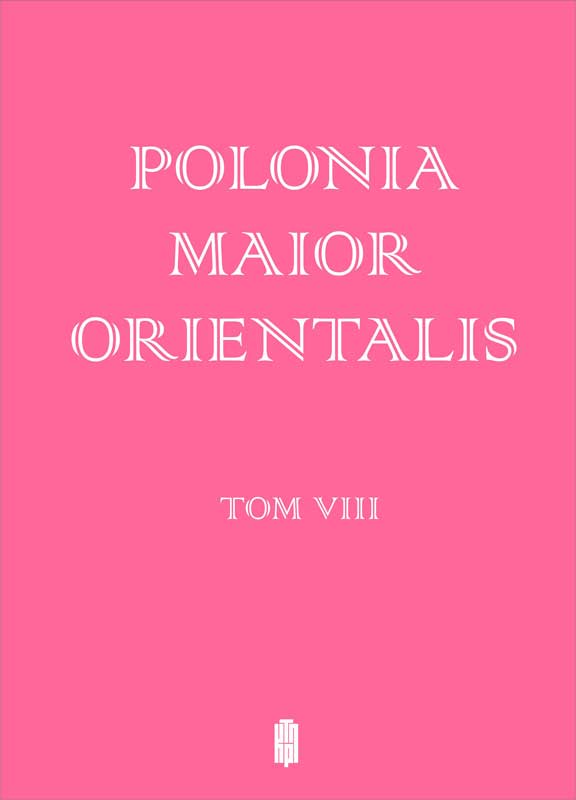Koncepcje i projekty kanałów żeglownych przez Wielkopolskę Wschodnią a zjazd melioracyjny w Koninie w 1925 roku
Concepts and Projects of Navigable Canals Through Eastern Wielkopolska and the 1925 Congress of Melioration in Konin
Author(s): Zbigniew ZyglewskiSubject(s): History, Local History / Microhistory
Published by: Wydawnictwo Uniwersytetu Jagiellońskiego
Keywords: Silesian-Vistula Canal; coal canal; Prosna River; Warta River regulation; Konin
Summary/Abstract: In 1917 P. Ehlers, professor from Danzig, presented the concept of navigable canals in the eastern part of Germany. He proposed connecting Upper Silesia by the Prosna and Gopło rivers with the Vistula. A year later a similar solution was submitted by a Polish engineer A. Sadkowski using the upper Warta and Zgłowiączka rivers. In Poland, in 1919, T. Tillinger proposed a canal running in the direction of Warsaw and another connecting that city with Poznań. In the following years, detailed design work led to the development of a navigation channel going from Silesia through Częstochowa and Łódź to Łęczyca. Further on, the canal was routed through Lake Gopło, which flowed into the Vistula near Toruń. This canal in Leczyca intersected with the canal connecting Poznan with Warsaw. Work on these canals was stopped in 1926. In later years only a short channel Warta-Gopło was built. In 1925, the five counties along the Warta River held a convention in Konin to protect themselves against flooding and to build a coal canal. They demanded that the embankments be poured over the river and that the river be regulated for small vessels.
Journal: Polonia Maior Orientalis
- Issue Year: 2021
- Issue No: VIII
- Page Range: 113-140
- Page Count: 28
- Language: Polish

